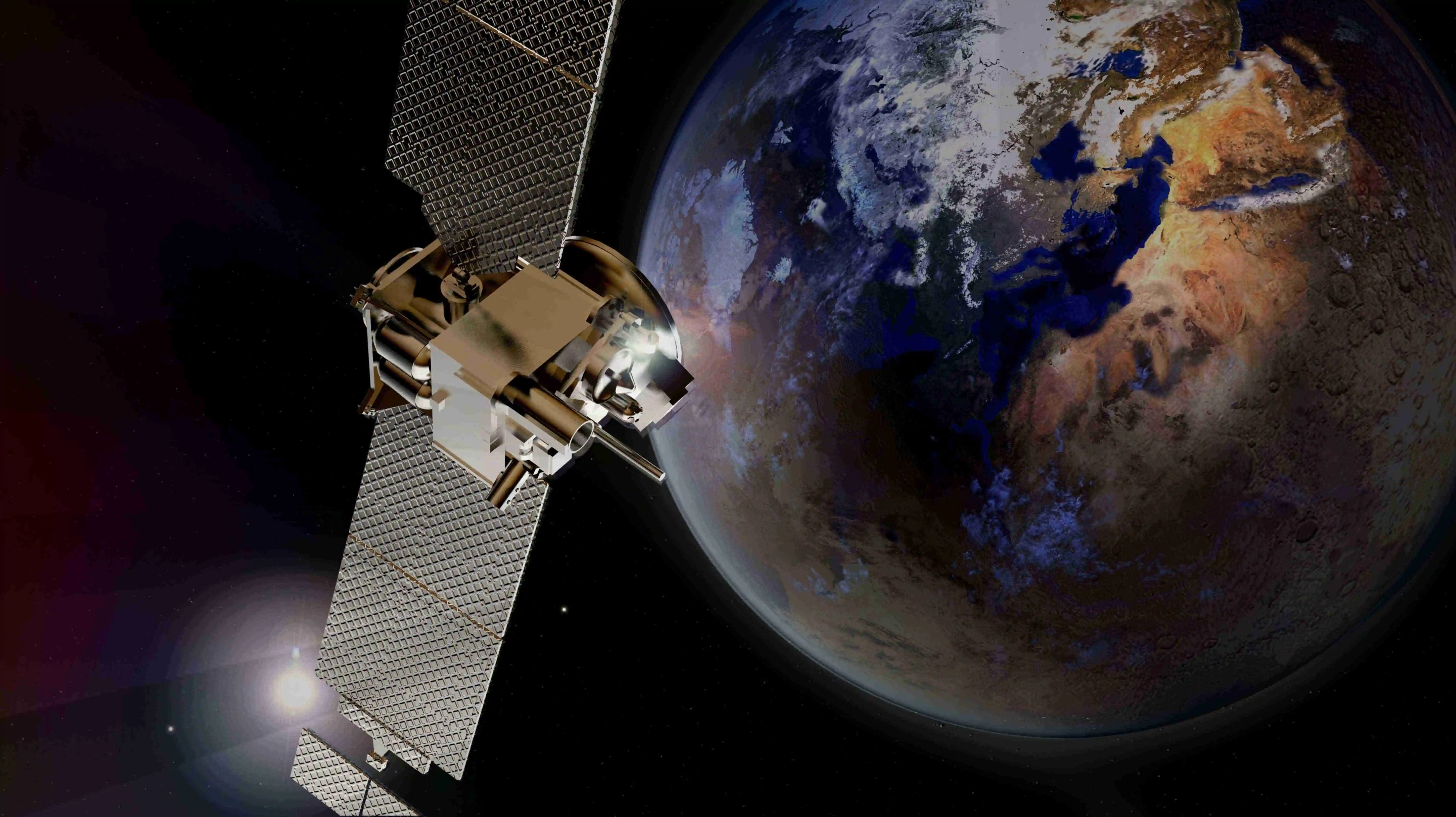What is BeiDou Navigation Satellite System?
The world has come to know BeiDou as China's answer to the U.S. GPS. However, with advancements in space technology, BeiDou's satellite navigation capabilities are rapidly setting new standards in the global arena. With a trajectory that suggests it may soon surpass other systems in accuracy, there's no denying the future is bright for BeiDou satellite.
Read More: GPS, GLONASS, GNSS and Galileo GPS
The Components and Capabilities of BeiDou
BeiDou is more than just a navigation system; it's a robust constellation of 35 satellites, operating from the Xichang Satellite Launch Center in Sichuan Province, with its reach expanding from East Asia to Southeast Asia and beyond. These satellites are strategically placed in geostationary, medium earth, and inclined geosynchronous orbits, offering unparalleled global coverage.
Technical Breakdown of the BeiDou Navigation Satellite System
BeiDou employs a three layer satellite constellation that blends medium earth, inclined geosynchronous, and geostationary spacecraft. This mix raises elevation angles over China, improves signal redundancy in dense cityscapes, and provides global coverage when paired with GPS, Galileo, or GLONASS.
| Orbit Type | Satellites | Altitude | Inclination | Orbital Period | Primary Role |
|---|---|---|---|---|---|
| Medium Earth Orbit (MEO) | 21 | ≈ 21 500 km | 55° | 12 h | Global positioning and timing |
| Inclined Geosynchronous Orbit (IGSO) | 3 | ≈ 35 786 km | 55° | 24 h | High elevation signals over Asia Pacific |
| Geostationary Orbit (GEO) | 3 | ≈ 35 786 km | 0° | 24 h | Fixed coverage above China |
Ground Segment
Control centers in Beijing, Xian, and Kashgar uplink clock corrections, monitor satellite health, and upload software patches.
S band and laser ranging stations provide continuous orbit determination to nanosecond accuracy.
Ground gateways route BeiDou short message traffic and SOS data to public networks.
User Segment and Signal Structure
Dual frequency receivers that track B1I 1575 MHz, B1C 1575 MHz, B2a 1176 MHz, and B2b 1207 MHz can remove ionospheric error, enabling Precise Point Positioning down to two centimeters. Automotive and UAV modules often combine B1C and B2a for rapid acquisition and sub meter precision.

Key Technical Features
Two way short message service up to one kilobyte per packet for emergency and logistics data.
Ka band inter satellite links improve ranging accuracy and reduce reliance on regional ground stations.
PPP B2b corrections achieve lane level accuracy in under ten minutes, ideal for advanced driver assistance and precision farming.
Modern B1C and B2a waveforms use constant envelope multiplexing for improved anti jamming and tracking sensitivity.
Compatibility with GPS L1C and Galileo E1 allows chipsets to share the same front end hardware and simplifies multi GNSS fusion.
Implementation Outlook for Automotive and IoT
Tier 1 suppliers integrate BeiDou observations with inertial sensors to maintain accurate positioning through tunnels and multipath corridors. Fleet telematics firms use the short message channel for low bandwidth status reports in regions with poor cellular coverage. Upcoming firmware upgrades will add signal authentication on B1C to resist spoofing, paving the way for safety critical autonomous applications.

But what sets BeiDou apart?
Accuracy: Public users can expect an impressive accuracy of 3.6 meters, but for those in the Asia Pacific region, this precision is further refined to 2.6 meters. Encrypted users? They're looking at a stellar 10 cm!
A Pioneering Trajectory: BeiDou's satellite navigation journey began in 2000. In the span of two decades, the BeiDou system expanded from an experimental setup of three satellites to a formidable global navigation satellite system of 35. By 2012, BeiDou had already established itself as a regional powerhouse, covering China, South Asia, and the surrounding areas.
A Glance into BeiDou's Evolution and Collaborative Initiatives
China recognized the prowess of the U.S. GPS early on and initially sought collaboration with the Galileo GPS. This cooperation saw interest from countries like India, South Korea, Russia, Japan, and Australia. However, China chose self-reliance, focusing solely on BeiDou's development.
And while there have been challenges, the relentless pursuit of excellence has kept BeiDou on an upward trajectory. The BeiDou satellites, launched from the Xichang Satellite Launch Center, have demonstrated the prowess of China's space technology and the country's dedication to satellite positioning accuracy.
The Future of BeiDou and Its Impact on Global Navigation
As BeiDou carves out its space in the sky, stakeholders across sectors are watching with bated breath. Insurers are exploring how precise driving data can craft customized policies. Businesses are eyeing the potential of targeted marketing campaigns fueled by BeiDou's superior positioning capabilities.
Additionally, with the BeiDou system bolstering China's dominance in the South China Sea and the broader Asia Pacific region, geopolitical strategists are keenly observing the satellite system's role in regional dynamics.
In summary, BeiDou is not just a satellite system; it's a testament to innovation, collaboration, and ambition. As BeiDou continues its ascent, global users and industries stand to benefit immensely from its precision and vastpotential.
Need BeiDou positioning in your next project? Leverage the AutoPi CAN-FD Pro to stream data directly to the cloud. Use our AutoPi TMU CM4 for edge processing, telematics fusion, and OTA updates. Deploy across an entire fleet using AutoPi Cloud and get real-time dashboards in minutes. Contact our engineers today and turn BeiDou precision into actionable vehicle insights.






